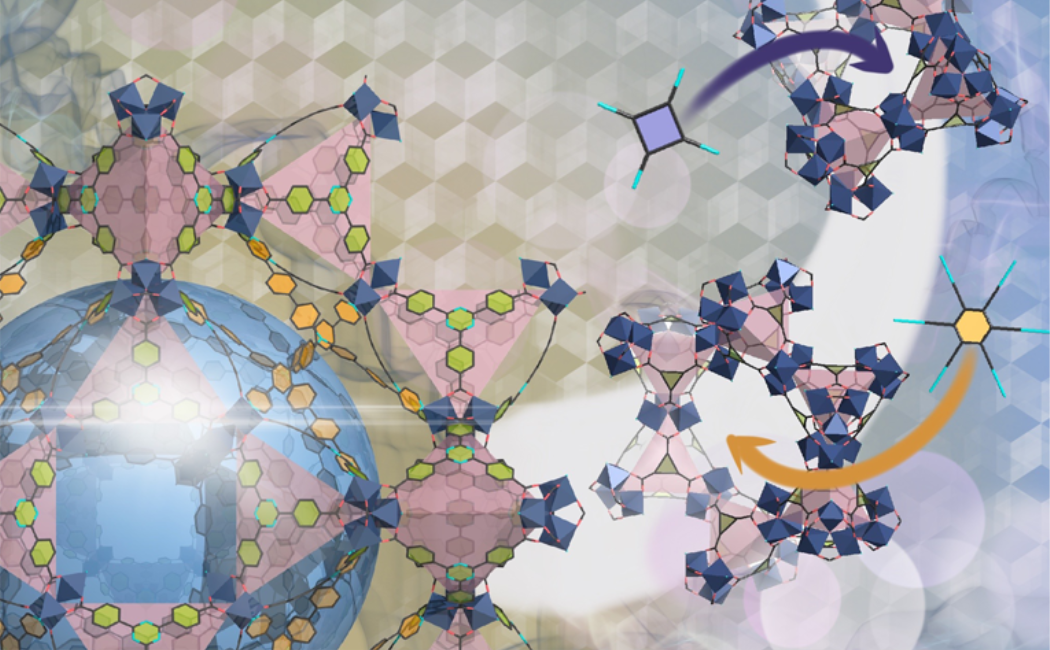
02 October, 2023
KAUST researchers have developed a new approach to MOF design that offers multiple benefits to enhance MOF performance. © 2023 KAUST; Aleksandr Sapianik.
A centuries-old technique for constructing arched stone windows has inspired a new way to form tailored nanoscale windows in porous functional materials called metal-organic frameworks (MOFs).
The method uses a molecular version of an architectural arch-forming “centring formwork“ template to direct the formation of MOFs with pore windows of predetermined shape and size. New MOFs designed and made in this way range from narrow-windowed materials with gas separation potential to larger-windowed structures with potential medical applications due to their excellent oxygen-adsorption capacity.
“One of the most challenging goals in new structure design is the precise control of structure formation,” says Aleksandr Sapianik, a postdoc in the group of Mohamed Eddaoudi, who led the research. For reticular chemistry — the assembly of molecular building blocks into porous crystalline materials such as MOFs — the centering formwork concept might offer that precise control, the team realized.
The starting point of the research was a zeolite-like MOF (ZMOF), which usually features pentagonal windows framed by building blocks called supertetrahedra (ST). “Our goal was to control ST arrangement to change from this well-known topology to one not reported before with these building blocks,” Sapianik says.
Read more at KAUST Discovery.